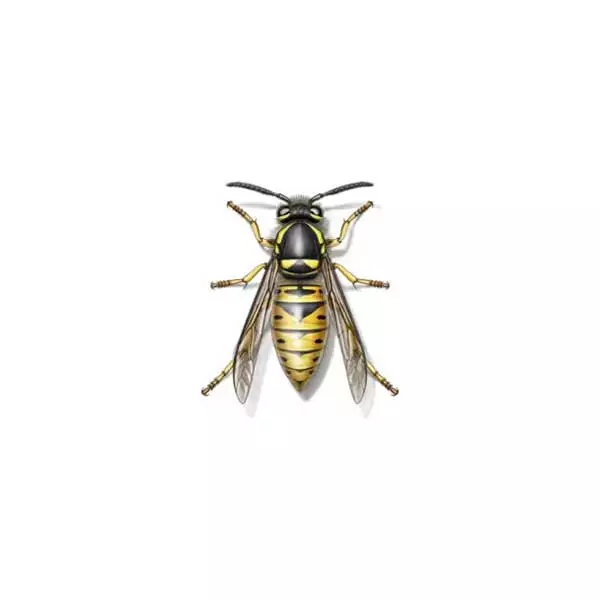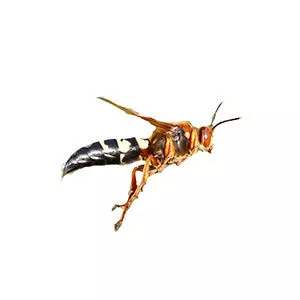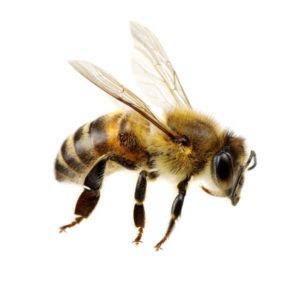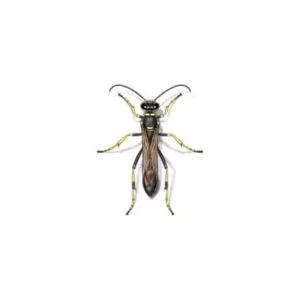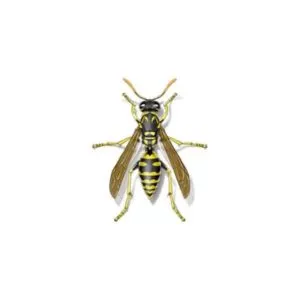Yellowjackets in Central and Eastern Virginia
Often mistaken for bees due to their yellow-and-black coloring, yellow jackets are actually wasps. At about 1 1/2 inches long, they triple the average honey bee in length. Although the end of the warm-weather months means larvae production stops and males die off after mating, the yellowjacket is at its most active during the late summer and fall months.
Adult yellowjackets feed mainly on fruit juices and other sweet liquid materials, whereas their larvae are fed bits of soft-bodied insects like caterpillars and flies. They tend to build their nests in residential areas and become infamously aggressive in the late summer and early fall months.
Yellowjacket Nests & Habitat
Yellowjackets can be divided into different nesters: ground nesters and aerial nesters. Ground nesters tend to use old burrows once created by animals or rodents. These below-ground nests can contain thousands of yellowjackets. Above-ground nests are found among the leafy branches of trees and shrubs and also on structures. Occasionally, the nest may be constructed on the side of a building, in wall voids, under eaves, crawlspaces, and attics. The entrance of the nest is normally a hole located at the bottom. These aerial nesters don’t become scavengers in the fall, but they are extremely defensive when their nests are disturbed and can chase people when they feel threatened.
Yellowjacket Behavior, Threats, or Dangers
Yellowjackets will mostly leave people alone unless they feel their nest is threatened. However, yellowjacket stings pose a more serious threat to humans than bees, because a yellowjacket’s stinger is not barbed like a honey bee. This allows yellowjackets to sting repeatedly. Some individuals are more sensitive than others and should seek medical attention when stung if they experience an allergic reaction.
Sometimes yellowjackets living in wall voids chew their way through the drywall and enter the structure’s living space. If this is the case, or if you’ve spotted a yellowjacket nest forming on the side of your home, always contact your local wasp control experts.
Need help with Yellowjackets?
Get started with a FREE quote!

